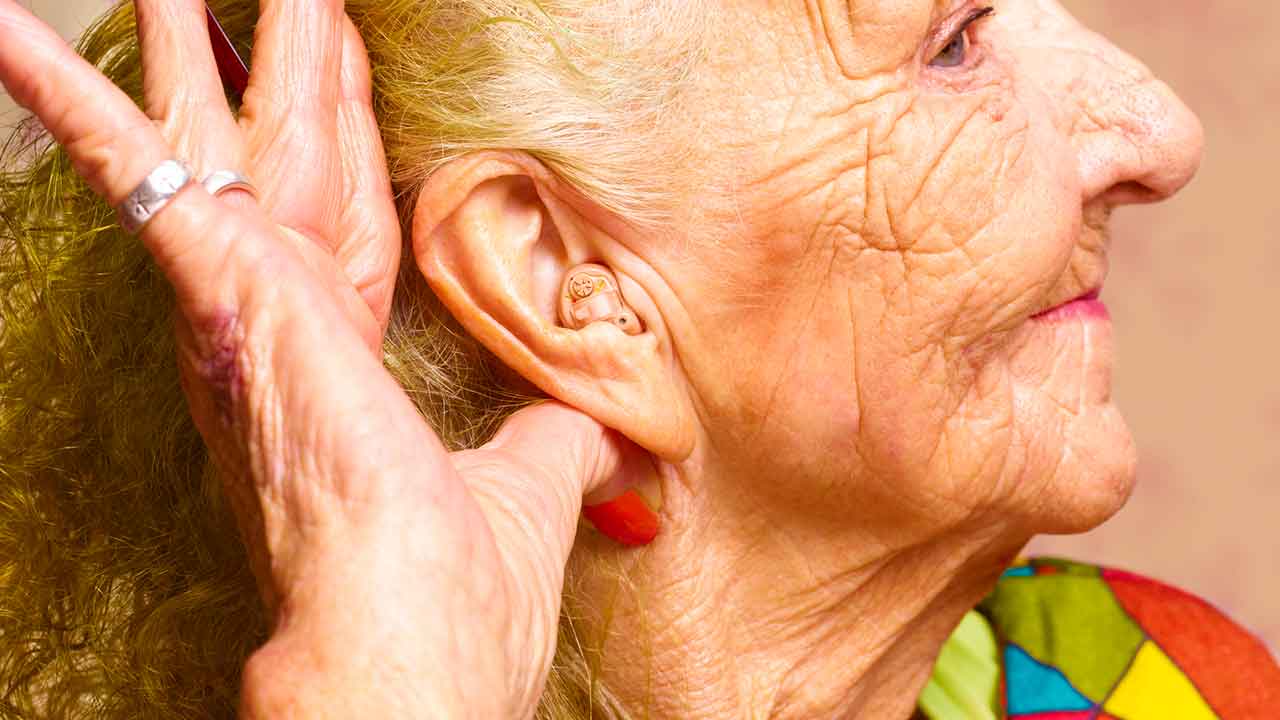Genetic discovery may help scientists reverse hearing loss

Neuroscience researchers have found a master gene that controls the development of special sensory cells in the ears – potentially opening the door to reversing hearing loss.
A team led by Jaime García-Añoveros of Northwestern University, US, established that a gene called Tbx2 controls the development of ear hair cells in mice. The findings of their study are published today in Nature.
What are hair cells?
Hair cells are the sensory cells in our ears that detect sound and then transmit a message to our brains. They are so named because they have tiny hairlike structures called stereocilia.
“The ear is a beautiful organ,” says García-Añoveros. “There is no other organ in a mammal where the cells are so precisely positioned.”
Hair cells are found in a structure called the organ of Corti, in the cochlea in the inner ear. The organ of Corti sits on top of the basilar membrane.
Sound waves are funnelled through our ear canal and cause the eardrum (also known as the tympanic membrane) and ossicles (tiny bones called the malleus, incus and stapes) to vibrate. The vibrations, or waves, are transmitted through fluid in the cochlea, causing the basilar membrane to move as well.
When the basilar membrane moves, the stereocilia tilt, causing ion channels in the hair cell membrane to open. This stimulates the hair cell to release neurotransmitter chemicals, which will transmit the sound signal to the brain via the auditory nerve.
Hair cells and hearing loss
There are actually two types of hair cells: inner and outer. We need both types to hear effectively. The outer hair cells change their shape and amplify sound for the inner hair cells, which transmit the vibrations to the brain.
“It’s like a ballet,” says García-Añoveros. “The outers crouch and jump and lift the inners further into the ear.”
Hair cells develop before we are born and do not typically divide to create new versions of themselves. As we age, our hair cells die, leading to hearing loss. Loss of outer hair cells is particularly common.
According to the US Centers for Disease Control, about 8.5% of adults aged 55-64 in the US experience “disabling” hearing loss, with that number increasing to nearly 25% in people aged 65-74, and 50% in those 75 and older.
Could we one day reverse hearing loss?
Since hair cells don’t usually divide, we may be able to reverse hearing loss if we can reprogram stem cells or other cells in the ear to become hair cells to replace those that die.
Scientists have already produced artificial hair cells, but until now didn’t know how to direct the cell to become an inner or an outer hair cell.
The team at Northwestern discovered that a gene called Tbx2 controls the development of both inner and outer hair cells. If Tbx2 is “switched on” to produce the protein TBX2, the cell develops into an inner hair cell. If Tbx2 is “off”, it becomes an outer hair cell.
“Our finding gives us the first clear cell switch to make one type versus the other,” García-Añoveros explains.
The finding is a step towards learning how we can reprogram the cells that usually provide structural support for the hair cells to become inner or outer hair cells themselves – replacing dead hair cells and preventing or reversing hearing loss.
“We can now figure out how to make specifically inner or outer hair cells and identify why the latter are more prone to dying,” García-Añoveros says. “We have overcome a major hurdle.”
This article was originally published on Cosmos Magazine and was written by Matilda Handsley-Davis. Matilda is a science writer at Cosmos. She holds a Bachelor of Arts and a Bachelor of Science (Honours) from the University of Adelaide.
Image: Getty Images
